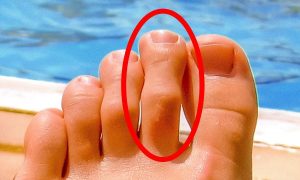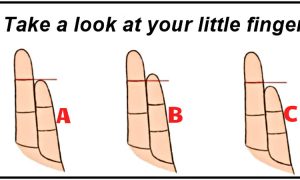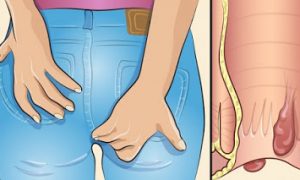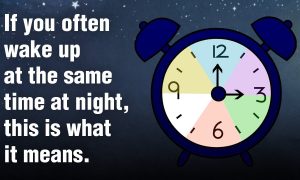The way you fight, hug, make love, and even eat as a couple can speak volumes about the state of your relationship. Some of us can be rather oblivious to the oh-so-obvious signs body language can reveal in those everyday situations inevitably faced by long-term partners. If you are one of those adorably clueless souls, worry not; we’ve got your back!

Here are three everyday situations; read on to discover what your potential body language during these scenarios can reveal about your relationship:
First Scenario: The “Hello Darling, I’m Home!” Kiss
Good Signs: Lips that linger just a second too long signals, “I’m glad to see you and wish we could be doing more of this”. According to LA-based psychotherapist, Stella Resnick, Ph.D., “People express warmth by hugging with their full bodies. They press their hearts together to reestablish their intimacy after spending time apart.”
Warning Signs: Encountering hard, closed lips is a bad sign; it signifies tension and a potential evasion of intimacy. Even hugging but keeping most of your body separated from each other signals obligation and not intimacy. “Your chest can become concave as your heart literally pulls away from the other person,” says Dr. Resnick.
Send A More Loving Message: Yes, your kid is scribbling over your walls while dinner is burning in the oven but instead of giving an obligatory, distracted kiss to your partner, try for a conscious kiss and full hug. Following it up with some generous eye contact would really seal the deal. Remember, the ‘hello kiss’ will set the tone for the rest of your evening.
Second Scenario: At A Dinner Date
Good Signs: The signs of a contented couple at a restaurant are truly universal. They will usually be found sitting catty-corner or side-by-side, somehow maintain a physical closeness even if they have their kids on the table with them. If the table happens to be a small one, then sitting across from each other is also a sign of intimacy.
According to Martin Lloyd-Elliott, author of Secrets of Sexual Body Language, a couple in a healthy relationship will continuously acknowledge each other’s presence with a smile, glance or what experts refer to as an “eyebrow flash” that Martin deems “a spontaneous signal of positive recognition.” He continues to explain, “If you don’t flash the other person, he may feel bad without even knowing why.”
Warning Signs: Watch out for your “paces”. If you’re still nibbling on your salad while he’s halfway through dessert then the essential synchronization, that mirroring movements which are a tell-tale sign of a happy couple, are missing.
Also, look at the seating arrangement. If your baby is on a high chair by your side while your partner is on the other side, you will be spending most of your dinner with your back turned towards your partner.
Send A More Loving Message: Place the high chair between you and your partner so that you could feed your baby and watch your partner simultaneously. Also, go an extra mile. “When you first sit down, connect with a moment that’s just for the two of you. Take your husband’s face in your hands and give him a kiss. The loving feelings you generate in those 30 seconds will last through dinner and way beyond,” advises Dr. Resnick.
Third Scenario: During An Argument
Good Signs: When a happy couple fights, their body language is starkly different to that of an unhappy one. They may appear enraged. However, they will also look remarkably emotionally engaged. They will make frequent eye contact while their torsos will generally face each other. All of which basically signals, “We may be arguing, but I’m not going to run away. I love you so let’s fix this.”
Warning Signs: Certain body language can signify problems in a relationship that runs deeper than the crux of your fight. According to Dr. Resnick, “If your husband is baring his teeth or jabbing his finger at your chest, he may be unconsciously trying to threaten you into submission — even if he doesn’t actually touch you.” Also, watch out for signs such as if your partner turns their body away from you, has darting eyes or a glazed expression as all of these indicate he/she has stopped paying attention and just wants to escape.
Other damaging signs are when a partner looks down their nose at you, rolls their eyes and crosses their arms during a fight. These subconsciously signal: “I’m not going to listen to what you have to say, because it’s worthless.”
But perhaps the worst of them all is when you’re in a fight, but your partner shows signs of disinterest, this signifies that they aren’t emotionally engaged at all.
Send A More Loving Message: If you really care about resolving the argument then your body language must indicate to your partner that you love them and you’re actually listening. To achieve this align your body leaning in towards your partner, let your arms hang around you and nod as they talk so that they truly feel heard. If your partner isn’t showing signs of listening to you, gently draw him/her in by holding their hand or touching their arm until they make eye contact.
Happy relationships aren’t just made; they have to be worked towards. Be proactive and preserve the love you and your partner share. Best of luck!






















